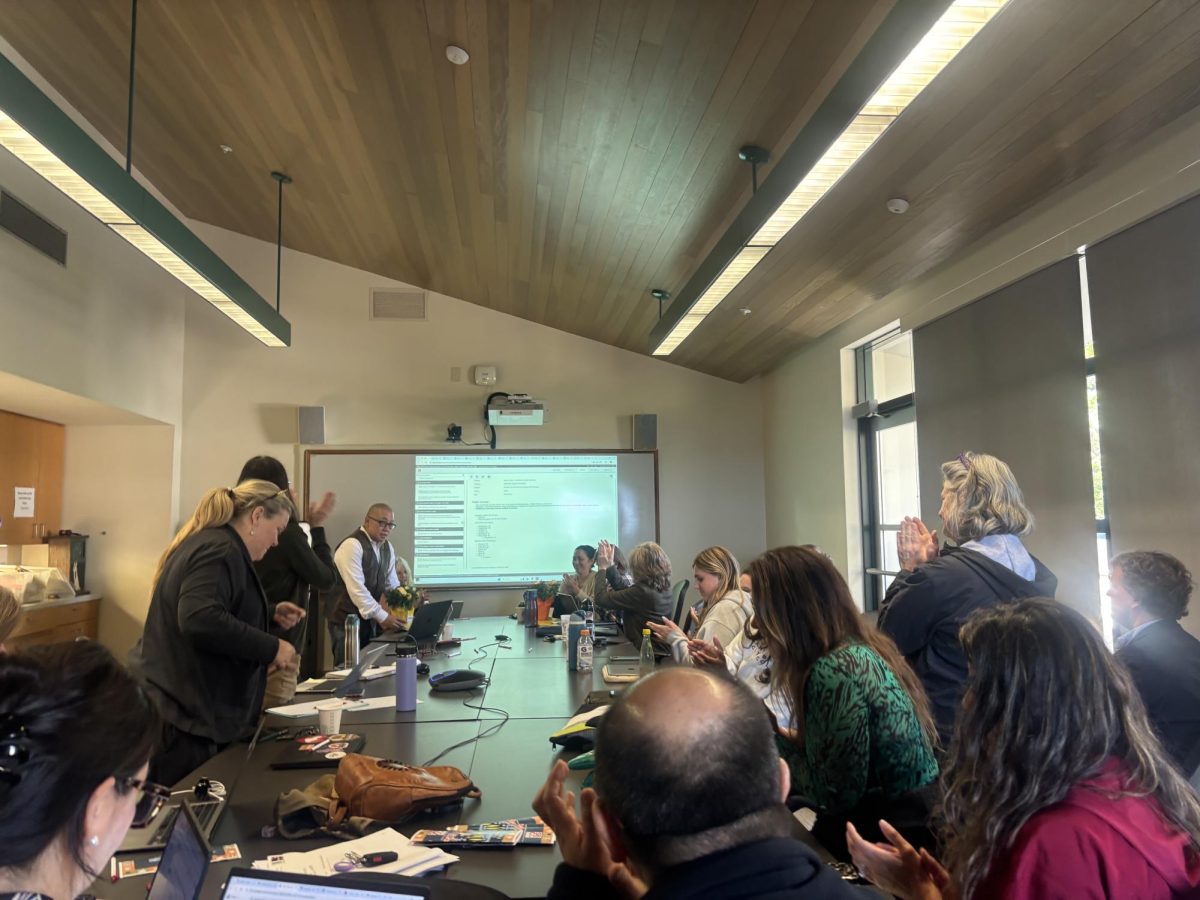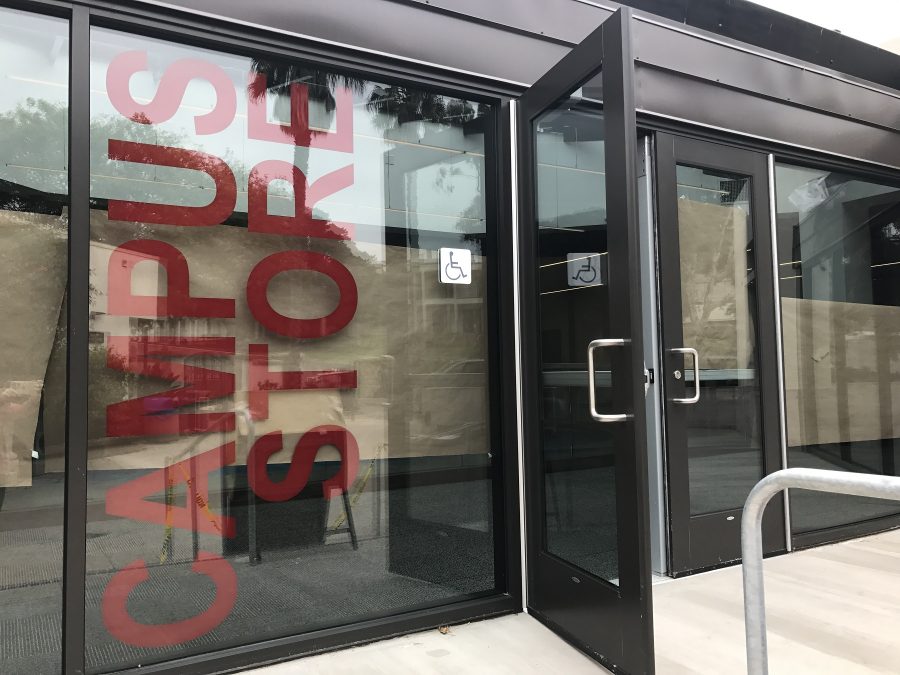Beginning in January of next year, homeless students in California will be able to shower in community college facilities by law.
On Sept. 21, California Gov. Jerry Brown signed Assembly Bill 1995 into law.
“Part of the problem with being homeless is just overcoming the logistics,” said Assembly Member Das Williams, who authored the bill. “You’re sleeping in one place, showering in another, going to school in another. Elimination of one of those stops, in my mind, should facilitate better academic performance because you have one less stop.”
Previously, students had to have specifications to be granted access to the facilities. In City College’s case, students were required to enroll in physical education courses before they could use the showers.
The new law will exclude this requirement, with the exception that the students must be enrolled at the college, have paid enrollment fees and be in good standing with the community college district.
The new law also requires community colleges to determine a plan of action to implement these requirements.
The showers must be available at least two hours a day, and not conflict with the college’s athletic program.
Though Williams authored the bill, the original idea came from Nicholas Steil in 2012. He is also a former City College student and was the vice president of student affairs of the Associated Student Government. Both Williams and Steil experienced homelessness as students.
“I went through it myself for many years when I was homeless,” Williams said. “I just didn’t know it was so common. According to the data I’ve seen, unfortunately, it’s very common.”
According to statistics from the 2015 Free Application for Federal Student Aid, an estimated 58,000 American college students were homeless, most of which were in California, according to the National Association for the Education of Homeless Children and Youth.
Santa Barbara County has the second highest percentage of homeless students in California at 10.9 percent, or approximately 7,270 students, according to the California Homeless Youth Project. City College conducted a survey in 2014 and found that five percent of students were homeless.
Currently there are no updated figures on City College’s homeless enrollment, said Luz Reyes-Martin, director of communications at City College.
“We don’t require students to self-identify as homeless,” Reyes-Martin said. “We have been looking at ways at how we can obtain this data.”
Williams’ office said the current number may be inferred based on other existing data, and could be higher than universities’ because more low-income students enroll at community colleges.
City College has implemented other programs to combat the challenges often associated with homelessness, including the establishing the Extended Opportunity Program and Services’ open food pantry. Other programs, which are open to all students, include the student health and personal counseling services.
Although the shower program is not the pure solution to the homelessness problem among community college students, it is a step toward empowering the students, and easing the way to a more secure and successful academic future, Williams said.










